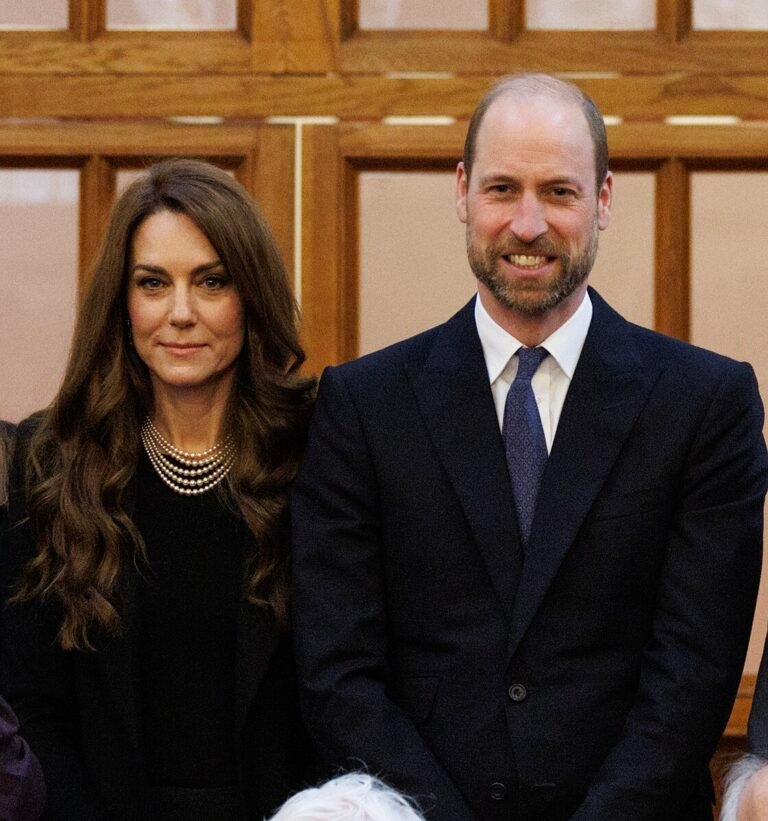Cruise ships—the “cruisezillas”—are getting ever larger. Their size has doubled since 2000, and by 2050, they could be eight times the size of the Titanic. However, with more and more people sailing on board these behemoths, they are increasing their negative impact on the environment. Unless this trend reverses itself, experts claim the harm caused will be severe.

So-called “cruisezillas” grow incredibly fast. According to new research, these globe-trotting behemoths have doubled in size since 2000. A study by the group Transport & Environment argues that if this trend persists, the largest cruise ships in 2050 could be eight times larger in weight compared to the Titanic, the largest ship of its time that sunk a century ago. The cruise ships have grown in number 20 times since 1970.
T&E’s sustainable shipping analyst, Inesa Ulichina, made a statement: “Today’s cruisezillas make the Titanic look like a small fishing boat.” That means the huge ships we see today are way larger than the famous Titanic.
The number of people traveling on cruise ships this year is expected to be around 35 million. That is a 6% increase from before the pandemic. According to experts, this rise in the number of people opting for cruises is a budget to splurge. A recent report by JP Morgan, however, noted that the demand for cruises is still robust. The cruises sector has gone further to attract millenials a younger type of clients the older baby boomers the industry used to attract before.
The increasing number of cruise ships in tandem with growing size has a huge environmental impact. Experts are worried, as ships already pump out more dangerous gases. According to the T&E report, cruise ships emitted 17% more carbon dioxide in 2022 than in 2019. Methane emissions also rose by 500 percent within the same period.
Stefan Gössling is a professor who is doing research into tourism together with climate issues at Linnaeus University in Sweden. He pointed out that the cruise ships are certainly not the most significant part of tourism worldwide, but that they are very energy-consuming, particularly together with flights to the destinations from which they take the cruises.

The number of cruise ships sailing to European ports this summer is enormous and creates some challenges. The hot weather due to climate change has been one point of grumble—with people asserting pollution and overtourism. A few ports now are taking action. Barcelona announced it will follow Amsterdam’s lead in levying a fee on cruises, and the Dutch capital itself plans to close its central cruise terminal. Venice, meanwhile, has moved to ban large cruise ships in its lagoon in a bid to finally protect the city.
Despite the fact that all these arguments against are brought up time and again, the cruise industry continues to grow. This year, Royal Caribbean launched the world’s largest cruise ship, Icon of the Seas, constructed in Turku, Finland. This enormous boat is 365 meters long and holds nearly 10,000 passengers. It has 40 restaurants, seven swimming pools, a theater, even a park—and it runs on liquefied natural gas. Though LNG is much cleaner than regular marine fuel, it is still a contributor to global warming because it releases methane.
Bryan Comer from the ICCT illustrates best, “This study shows the perils of an expanding cruise entertainment industry.” His argument is that perhaps there are few engineering hindrances of the size of cruise ships, but the trend to increase size is driven by the necessity to provide luxury travel; operators want to build bigger ships to get more passengers on board and earn more money.
In 2000, the world’s largest cruise liner was Royal Caribbean’s 137,276 GT Voyager of the Seas. Today, the largest 10 cruise ships average a size over 2.0 times larger, with 205,000 GT.
The cruise industry is now saying its global cruise fleet is more energy efficient than ever, according to the Cruise Lines International Association. The association claims average emissions per ship have fallen by 16% over the past five years. Most cruise ships today being built are significantly smaller to mid-sized, said Clia.
Big battery power is impossible on large ships, just as much as it is so in the case of aircraft, due to the large amounts of mass batteries would need. Some researchers are even urging that it is time for cruise ships to jettison their use of fossil fuels in favor of much cleaner fuels that will be produced from renewable energy. The IEA forecast, in 2050, 44% of the energy used in international shipping will be from ammonia; hydrogen and biofuels are the other important low-carbon fuels.

And with green fuels still in short supply, cruise ships and superyachts look like wasteful luxuries to some activists: The vessels have been targeted by activists who have staged protests in ports across Spain, France, and the UK. Some argue that these very wealthy industries should very much be on the frontier of investment into cleaner technologies.
While this would be a very difficult thing to do, cruise lines could agree to purchase green fuels when they are already available in bigger economies of scale, in their end. Gössling points out that such an achievement would require that there be a tremendous production leap when it comes to the utilization of renewable energies.
It has asked for no-cruise zones in specific areas with fragile ecosystems, along with other more stringent rules for cruise emissions compared to other ship types. They recommend a global tax on cruise tickets to aid poor countries in reducing emissions.
At press time, Royal Caribbean had not responded to requests for comment on these issues.











